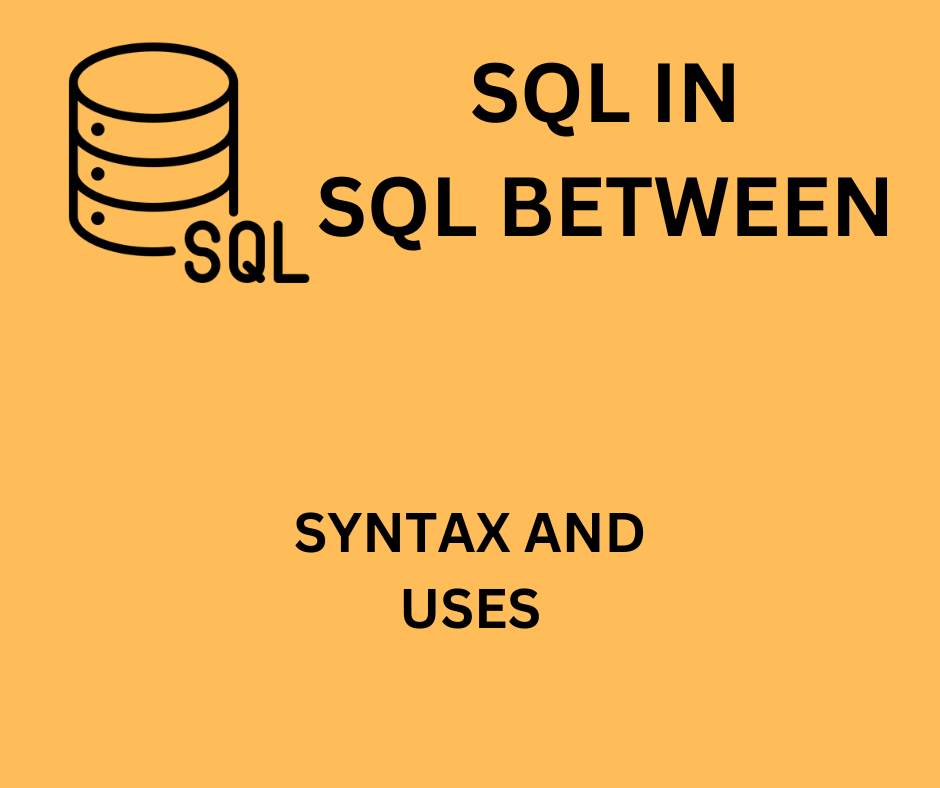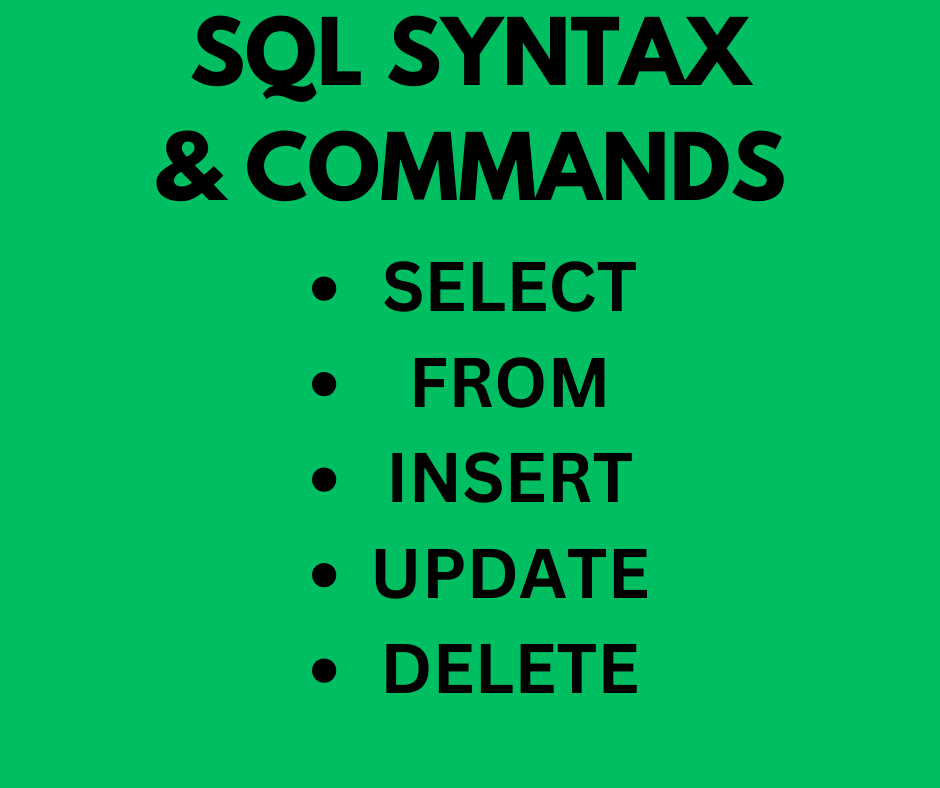Introduction
Power BI and Looker are each powerful enterprise intelligence tools designed to help organizations analyze and visualize their information. However, they’ve some variations in phrases of capabilities, structure, and pricing. Let’s discover the key distinctions between Power BI and Looker:
Ownership:
Power BI:
- Developed via Microsoft, Power BI is a part of the Microsoft Power Platform.
- Integrated with different Microsoft tools along with Excel, Azure, and SQL Server.
Looker:
- Acquired by way of Google Cloud in 2019, Looker operates as a part of the Google Cloud Platform (GCP).
- Integrates nicely with different Google Cloud offerings.
Data Integration and Connectivity:
Power BI:
- Offers a extensive range of connectors for numerous statistics sources, such as Microsoft and non-Microsoft databases, cloud services, and APIs.
- Supports both on-premises and cloud information.
Looker:
- Also affords connectors for various facts assets, with a focal point on cloud databases.
- Requires information to be in a cloud platform (like Google BigQuery) for optimal performance.
Data Modeling and Transformations:
Power BI:
Employs a Power Query Editor for information changes.
Utilizes DAX (Data Analysis Expressions) for custom calculations and measures.
Looker:
Uses LookML (Looker Modeling Language) for defining records models and adjustments.
Enables statistics modeling without massive coding thru a semantic layer.
Visualization and Dashboards:
Power BI:
Offers a wide variety of visualization alternatives and customization functions.
Integrates seamlessly with Microsoft Excel.
Looker:
Emphasizes a extra collaborative approach to facts exploration and visualization.
Provides a platform for building and sharing custom dashboards.
User Interface:
Power BI:
Known for its person-pleasant interface with drag-and-drop competencies.
Suited for both commercial enterprise customers and information specialists.
Looker:
Requires a studying curve for LookML, but offers a extra code-loose revel in for end-customers.
Encourages collaboration between enterprise users and facts analysts.
Deployment Options:
Power BI:
Available as both a cloud-based totally provider (Power BI Service) and an on-premises answer (Power BI Report Server).
Looker:
Primarily a cloud-based solution, with Looker times hosted on Google Cloud Platform.
Offers a multi-cloud and on-premises deployment alternative.
Licensing and Pricing:
Power BI:
Offers numerous licensing plans, inclusive of a loose version (Power BI Desktop) and subscription-primarily based plans (Power BI Pro, Power BI Premium).
Looker:
It is free online tool.
Conclusion:
Choosing between Power BI and Looker relies upon on elements along with the company’s present tech stack, facts infrastructure, consumer alternatives, and budget constraints. Power BI is regularly preferred for its integration with Microsoft equipment, flexibility, and broad person base, even as Looker is praised for its collaborative technique to information exploration and modeling. It’s important to assess the unique desires of your agency to decide which platform aligns first-rate together with your necessities.



